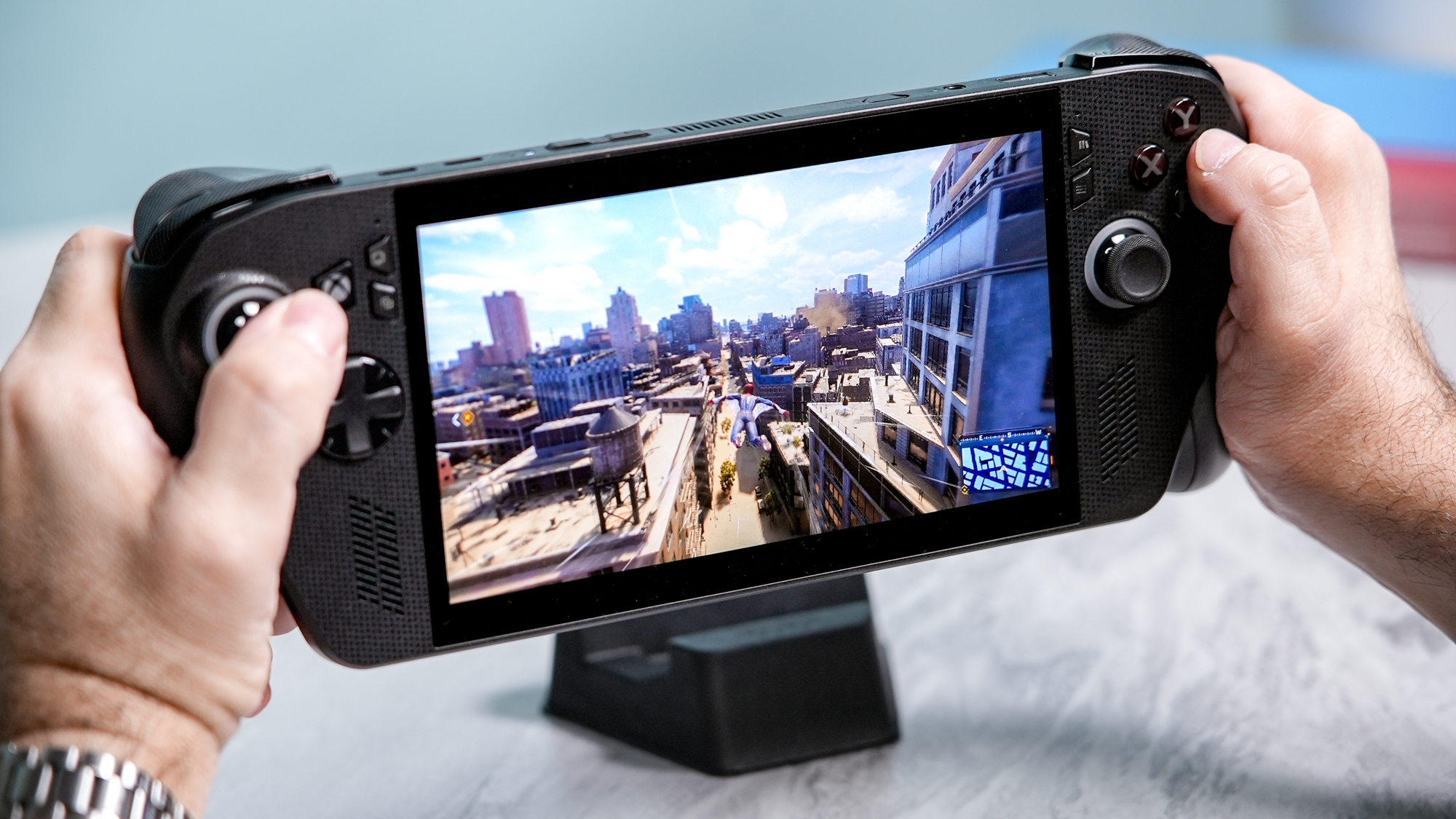Best PC games in 2025 — our top 15 picks
Find your next favorite title in our list of the best PC games right now
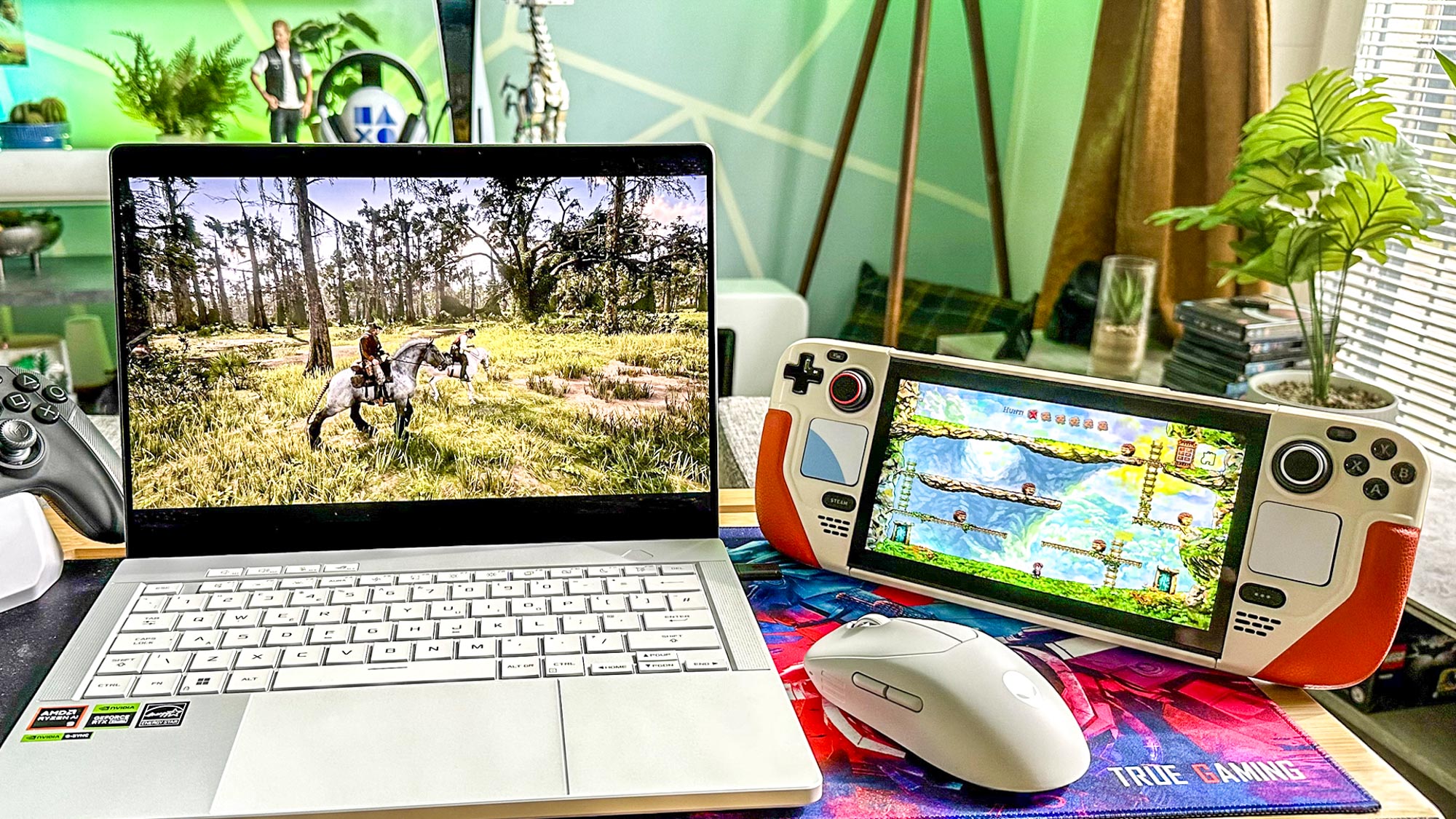
- Latest best PC games
- Best overall
- Best RPG
- Best action-adventure
- Best action-RPG
- Best turn-based strategy
- Best fighting game
- Best immersive RPG
- Best action-stealth RPG
- Best first-person shooter
- Best PC graphics
- Best open-world
- Best action-horror
- Best story-driven RPG
- Best racing game
- Best adventure
- Classic PC games to play today
If you've bagged yourself a gaming laptop, PC gaming handheld or anything of the like, congratulations — you can now play an ever-growing catalog of the best PC games around.
I've been a devoted PC gamer ever since trying to boot up Ultimate Spider-Man (what a classic) on my Lenovo laptop back in 2005, and since then, one thing has become clear: there are a lot of PC titles worth playing.
Everyone has their own "best PC game," and that's why I've created this guide to give you a mix of the PC titles that everyone should play — from thrilling first-person shooters to deeply immersive role-playing games.
So, if you're looking to find your next favorite title, make your way through these top picks — they won't disappoint.
Latest best PC games
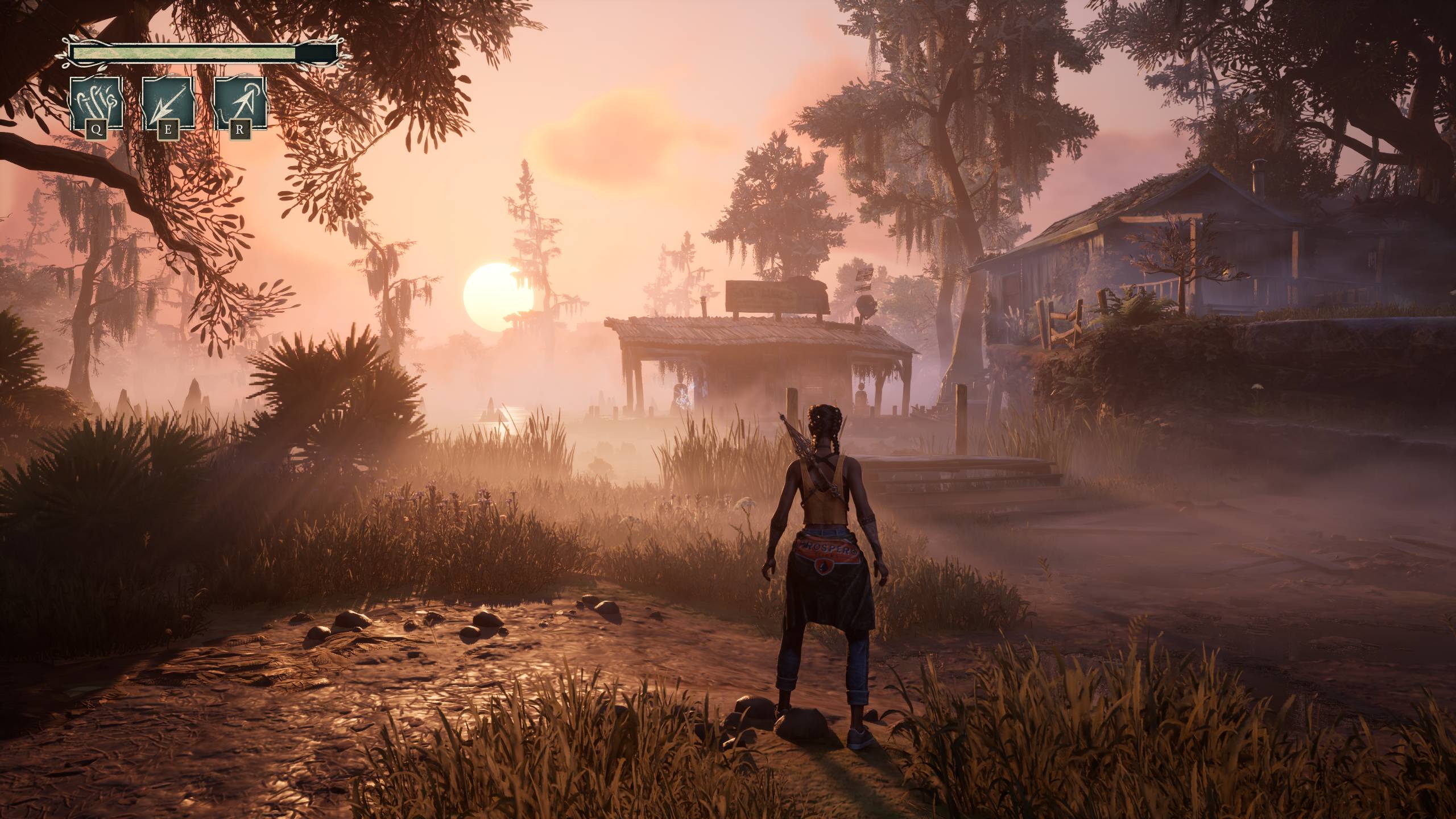
South of Midnight absolutely shines as a short but devilishly sweet adventure through the mystical Deep South, with a rich folktale-style story and colorful characters that will keep any gamer engaged. Expect to stay for its haunting charm, not its repetitive combat.
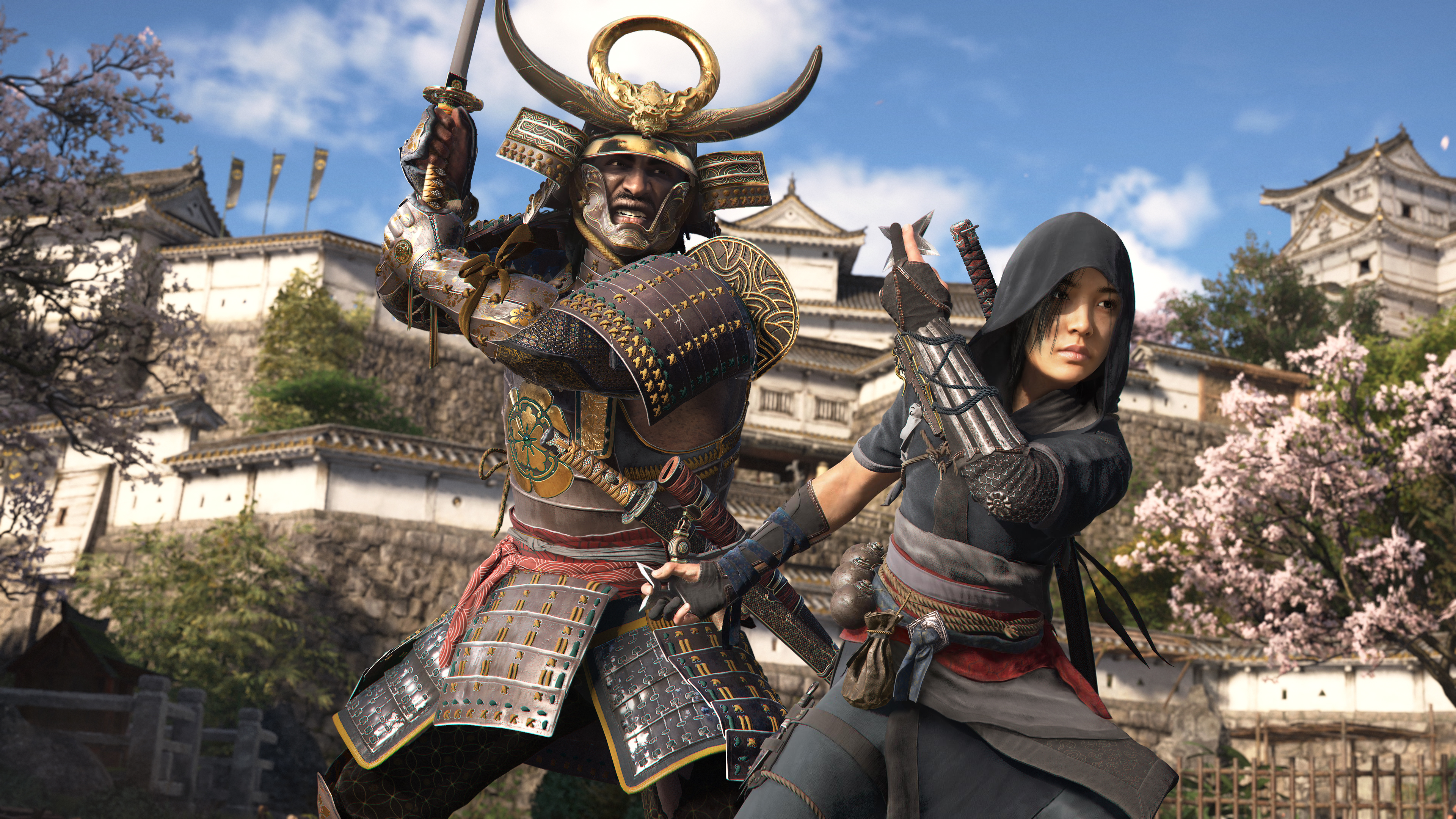
Assassin's Creed Shadows feels like a comeback, combining the best of the RPG genre and the series’ old-school stealth mechanics into a (finally) well-paced title. It has its shortcomings, but for die-hard fans and those new to AC, Shadows will certainly satisfy.

Look, it's Monster Hunter, and that means you're going to get the ultimate monster-hunting experience. But Wilds takes this up a notch with its dynamic environments, streamlined combat and deep customization options. If you're looking to swing big swords and bigger monsters, this is it.
With there being a plethora of genres (and sub-genres) for PC games, it's worth asking yourself one simple thing:
What's the best PC game for you?
A good starting point for picking the best PC games out is to go by genre. While these are by no means strict criteria for what is and isn't included in certain games, it'll help you get a general idea of what each game is about.
For more detailed research, look up some reviews to see what the critics and fans make of a certain game. If you're lucky, there will be an option to try out a free demo version of a game, so you can experience a limited amount of content and then make your mind up.
You should also consider how much time you want to invest in playing a game. Story-driven games tend to be much shorter than the average RPG, for example, and games featuring multiplayer allow for potentially infinite value if you're prepared to invest the time in mastering them. Consider these few pointers when making a purchase, and you'll always pick something you'll really enjoy.
Anyway, check out the PC games you should be keeping on your radar right now.
The best PC games available right now
Why you can trust Tom's Guide
Best PC games overall
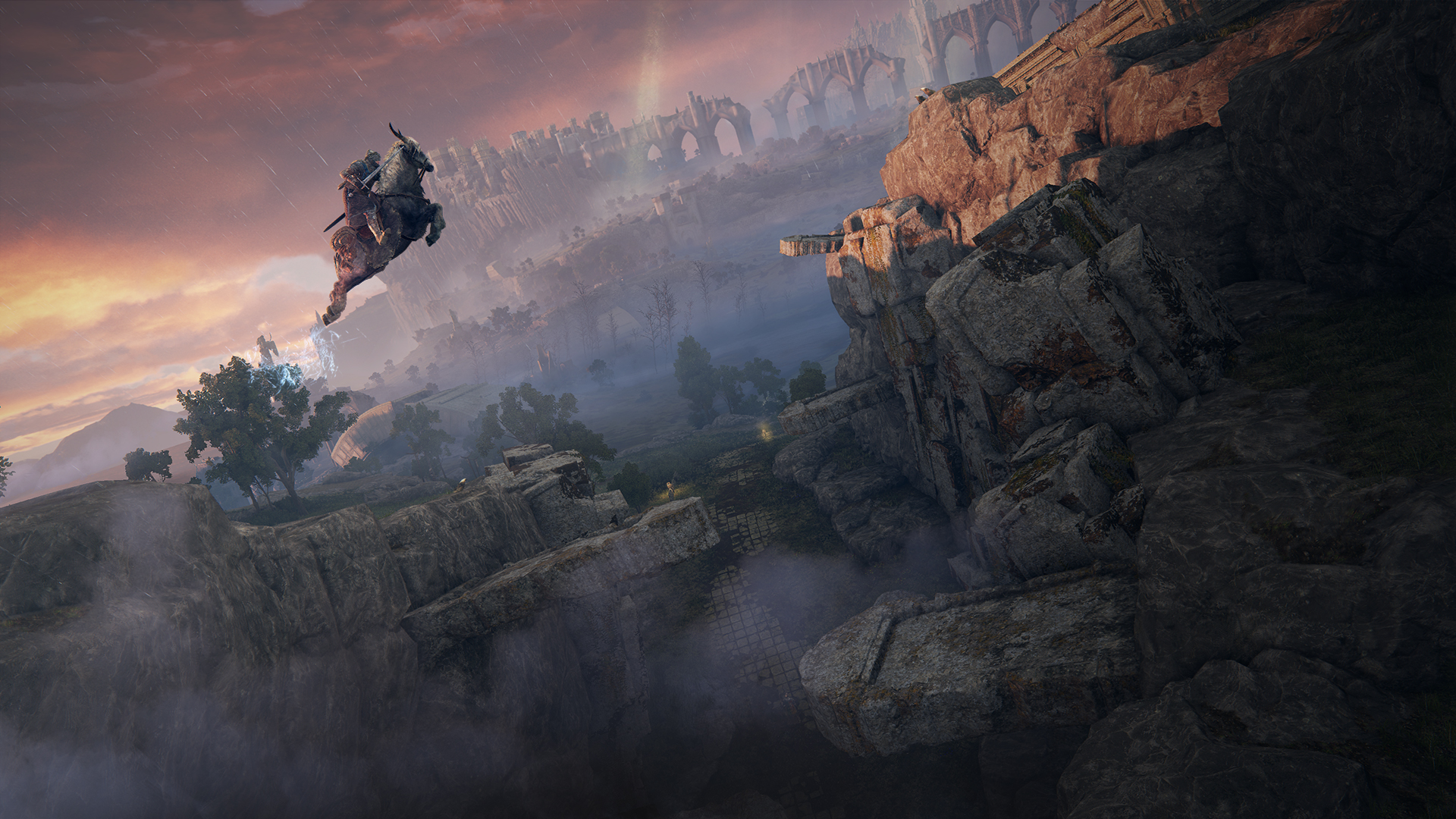
Reasons to buy
Reasons to avoid
It may not be an all-time great PC port, but there’s zero question that Elden Ring is an all-time great game, and the Shadow of the Erdtree expansion makes it even better. If you can look past some stuttering, this open-world wonder takes FromSoftware’s now-legendary Dark Souls formula and spreads it out over a colossal canvas.
The Lands Between proves to be an incredible sandbox space to lose yourself in. Be it battling dragons on horseback or trying to figure out how to topple a stone turtle the size of the Statue of Liberty, Elden Ring seamlessly intertwines captivating combat with intriguing exploration. This brutal Soulslike never once holds your hand, and it’s all the better for it.
Read our full Elden Ring review and Shadow of the Erdtree review
Best RPG
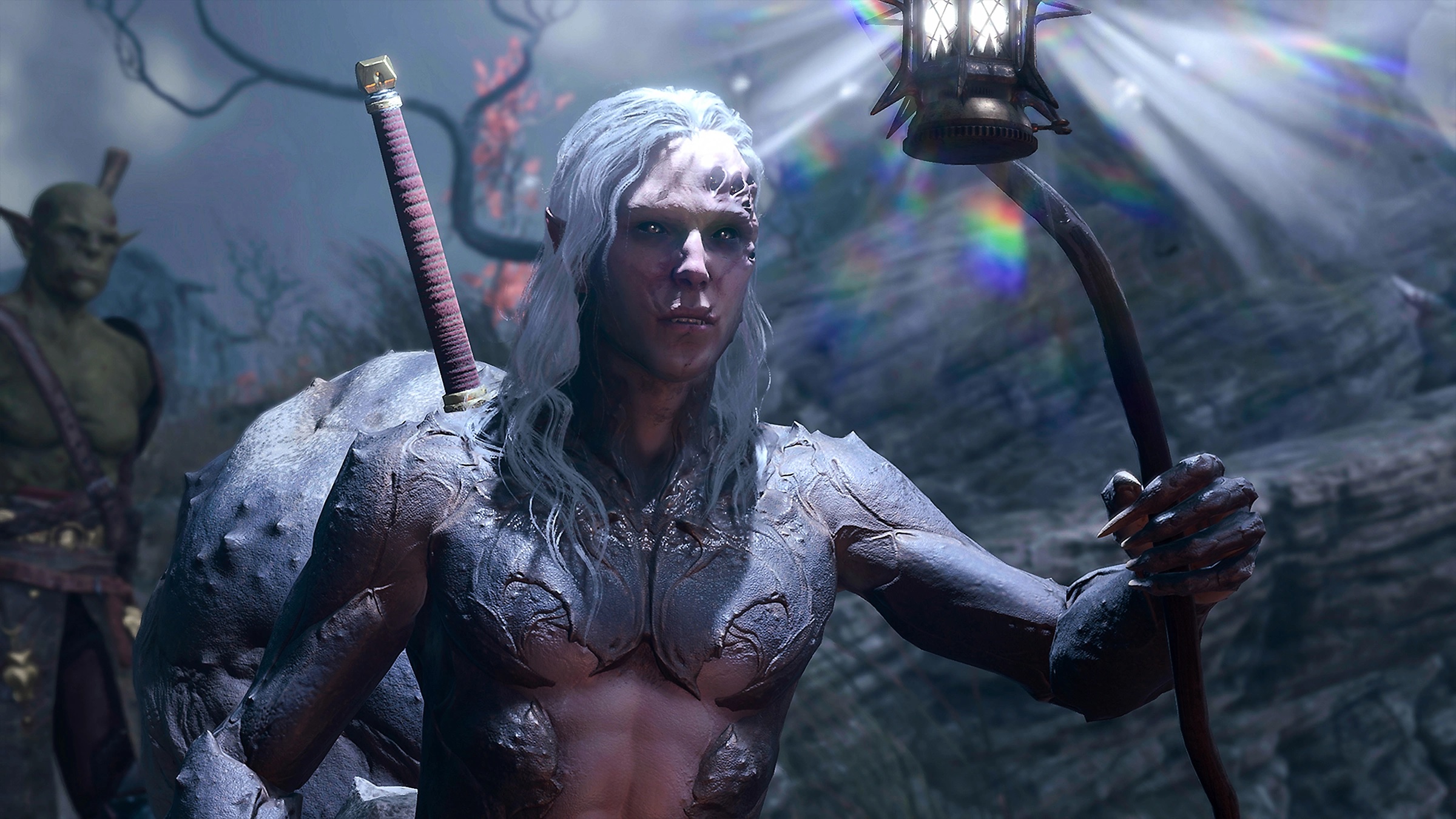
2. Baldur's Gate 3
Our expert review:
Reasons to buy
Reasons to avoid
Based on Dungeons and Dragons (the 5th Edition rules, to be precise), Baldur's Gate 3 is a deeply immersive role-playing game where your choices matter and you're given the freedom to carve out your own path through its dozens upon dozens of quests.
In fact, one on our team found the turn-based combat and eccentric characters so engrossing that he's had to resist calling in sick just to play it some more — that's the hallmark of a game worthy of a spot on this list. It may have been baking in the oven for more than six years, but this party-based role-player is genuinely one of the best PC games ever made.
Read our thoughts on Baldur's Gate 3.
Best action-adventure
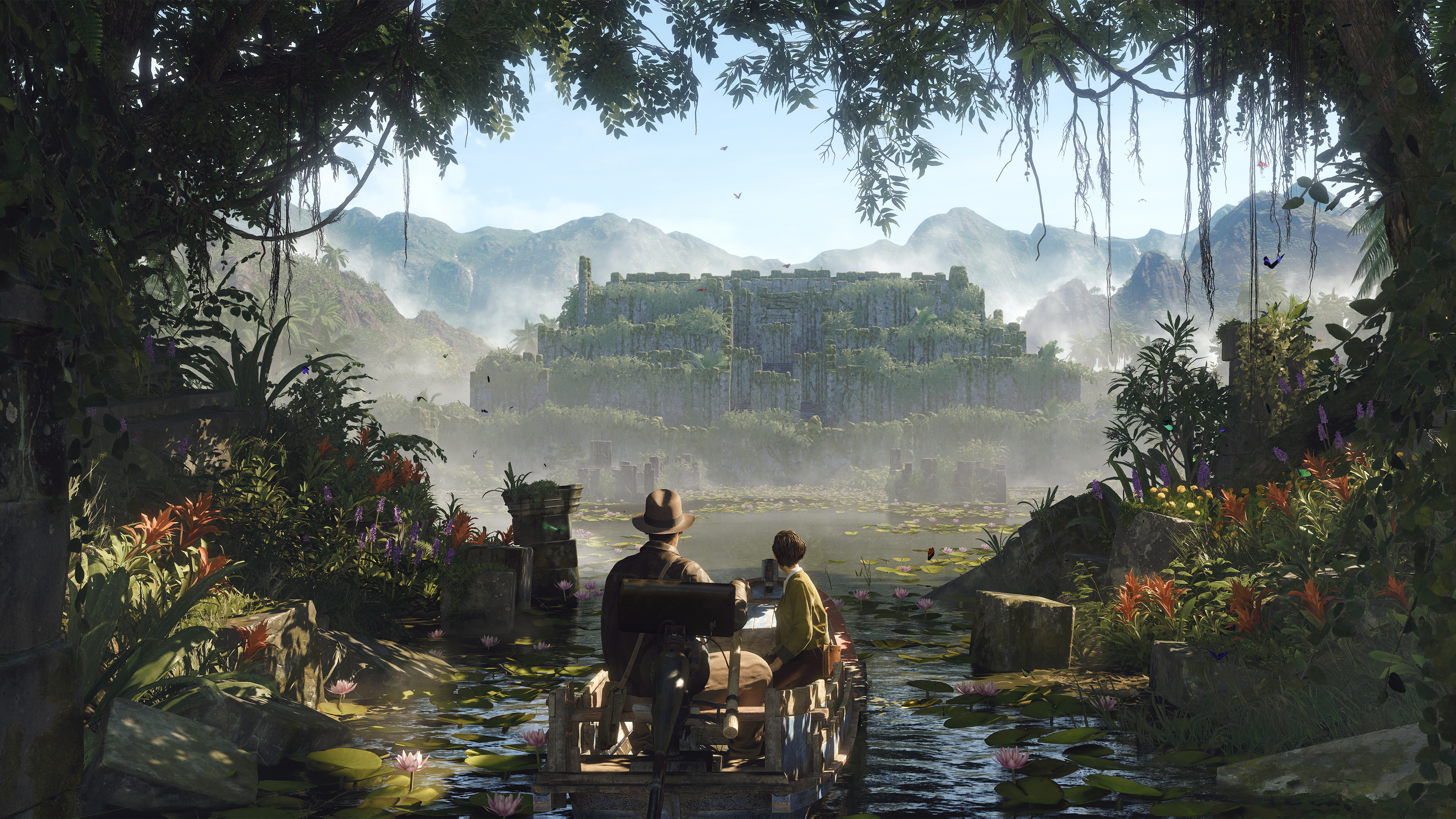
Reasons to buy
Reasons to avoid
Who knew that our beloved Indy would make for such a thrilling, wise-cracking action-adventure game? Well, all fans of the classic movies, of course, and Indiana Jones and the Great Circle nails the landing.
With a mix of stealth, brawling and environmental tactics offering you the freedom to approach encounters as you wish, this is Indy at his finest. There are some stutters here and there, but being able to use a whip in typical Jones fashion more than makes up for that. For a brilliant 15- to 30-hour adventure, you can't go wrong with this gem.
Read our full Indiana Jones and the Great Circle review.
Best action-RPG
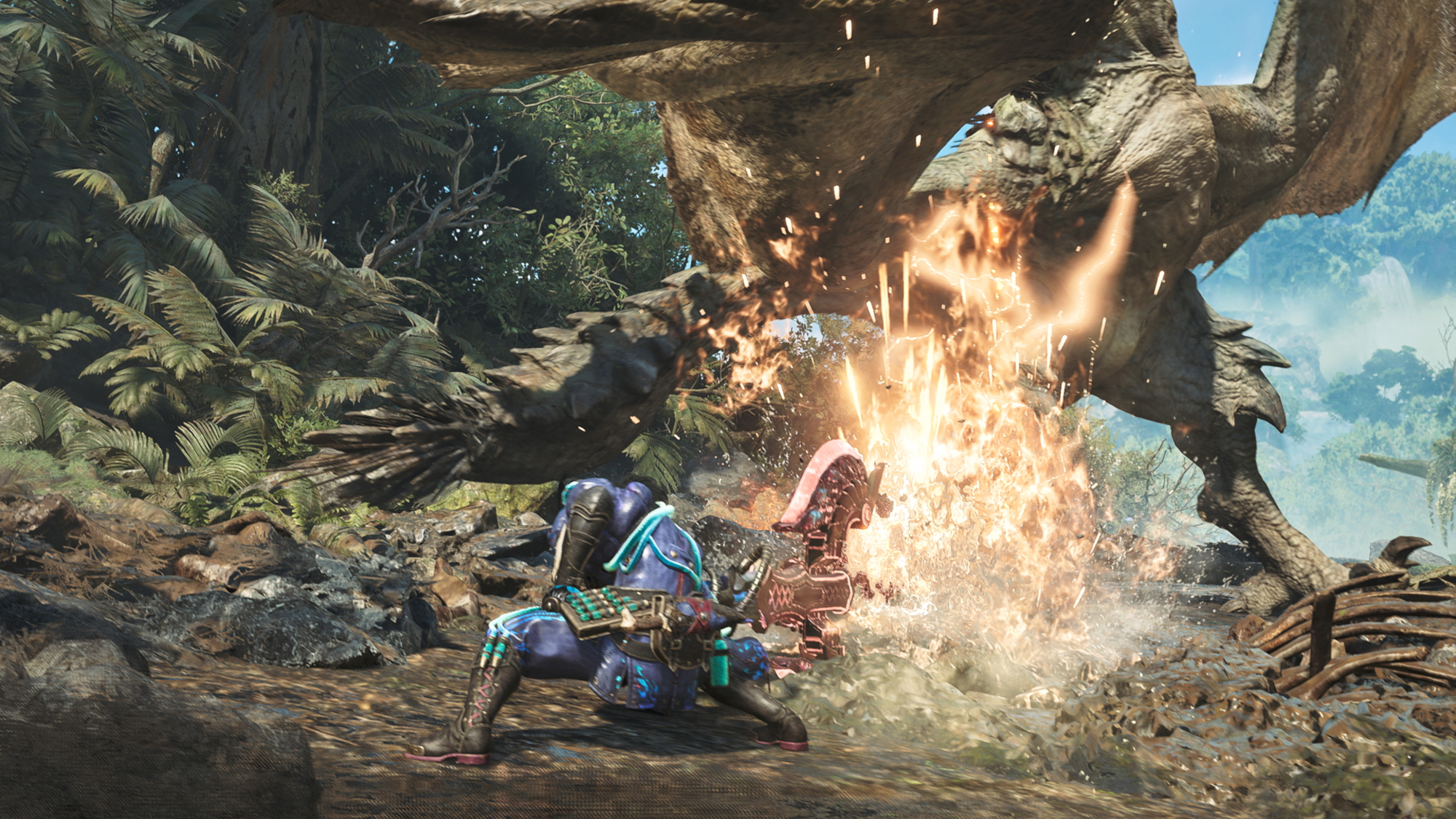
Reasons to buy
Reasons to avoid
Monster Hunter Wilds sets a new standard for Capcom’s long-running series. Hunting monsters never gets old and neither does exploring each land. And though we wish pairing up with friends was easier, the satisfaction of taking down powerful beasts with your crew is unrivaled. Like its predecessor, this game will be a monster hit with dedicated Monster Hunter fans.
There’s more to say about Monster Hunter Wilds, particularly its phenomenal endgame content. But to experience it for yourself since will do this incredible game justice. Capcom clearly went out of its way to bring us one of the most enjoyable gaming experiences possible.
Read our full Monster Hunter Wilds review.
Best turn-based strategy
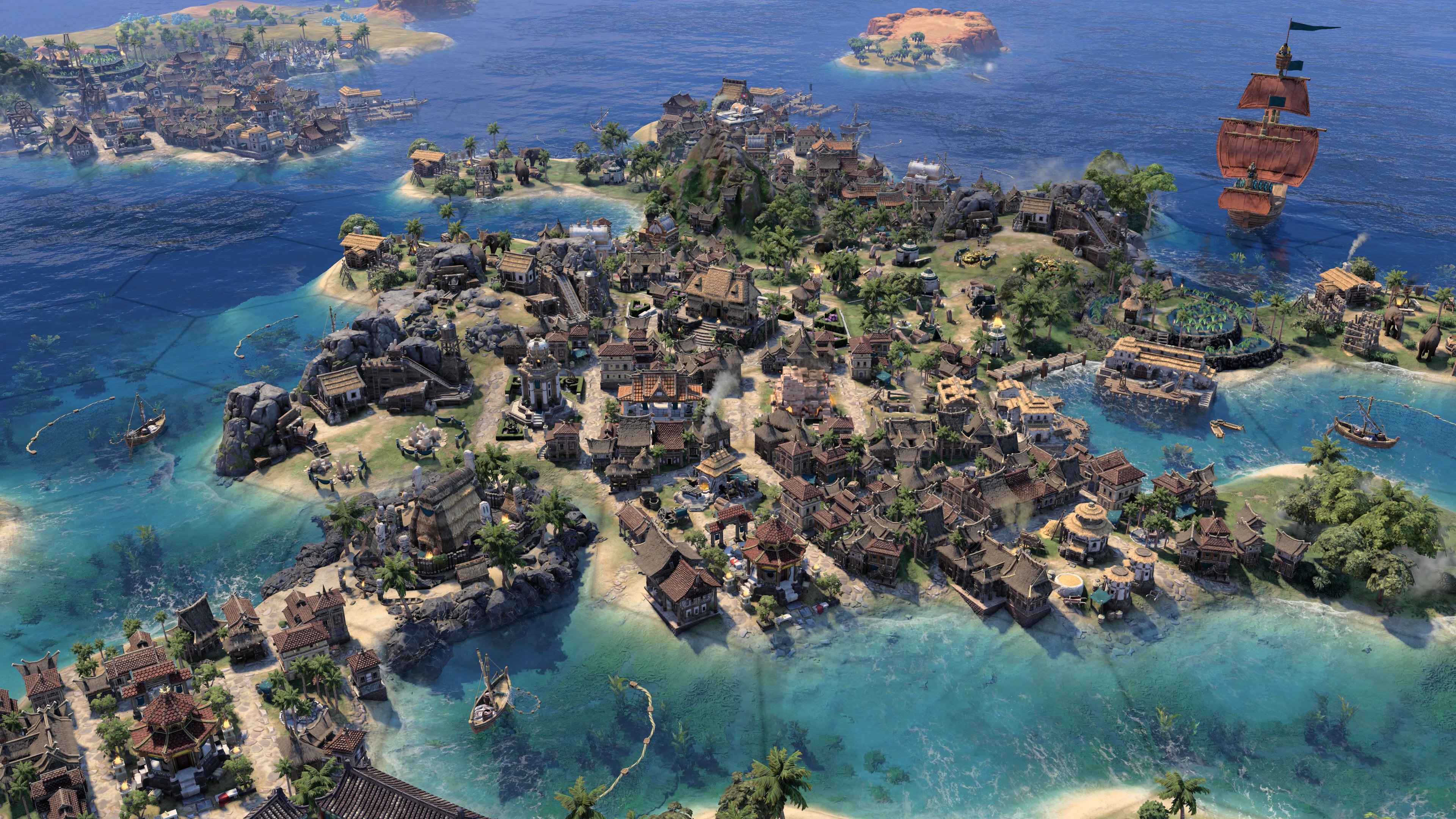
Reasons to buy
Reasons to avoid
After just under a decade of waiting, Civilization VII is finally here, and it comes with the same addictive formula that chimed the phrase "One More Turn" all Civ fans will adore. Despite it just falling short of greatness for now, with downgraded mechanics, a poorly designed diplomacy system and a few awkward changes, this is still one of the best turn-based strategy games based on a 4X model.
Expect beautifully rendered visuals, genuine improvements and additional features (like Legacy Paths) — everything that will keep you coming back for more. Hopefully, with a few more updates (or mods), Civilization VII will shine even brighter.
Read our full Civilization VII review.
Best fighting game
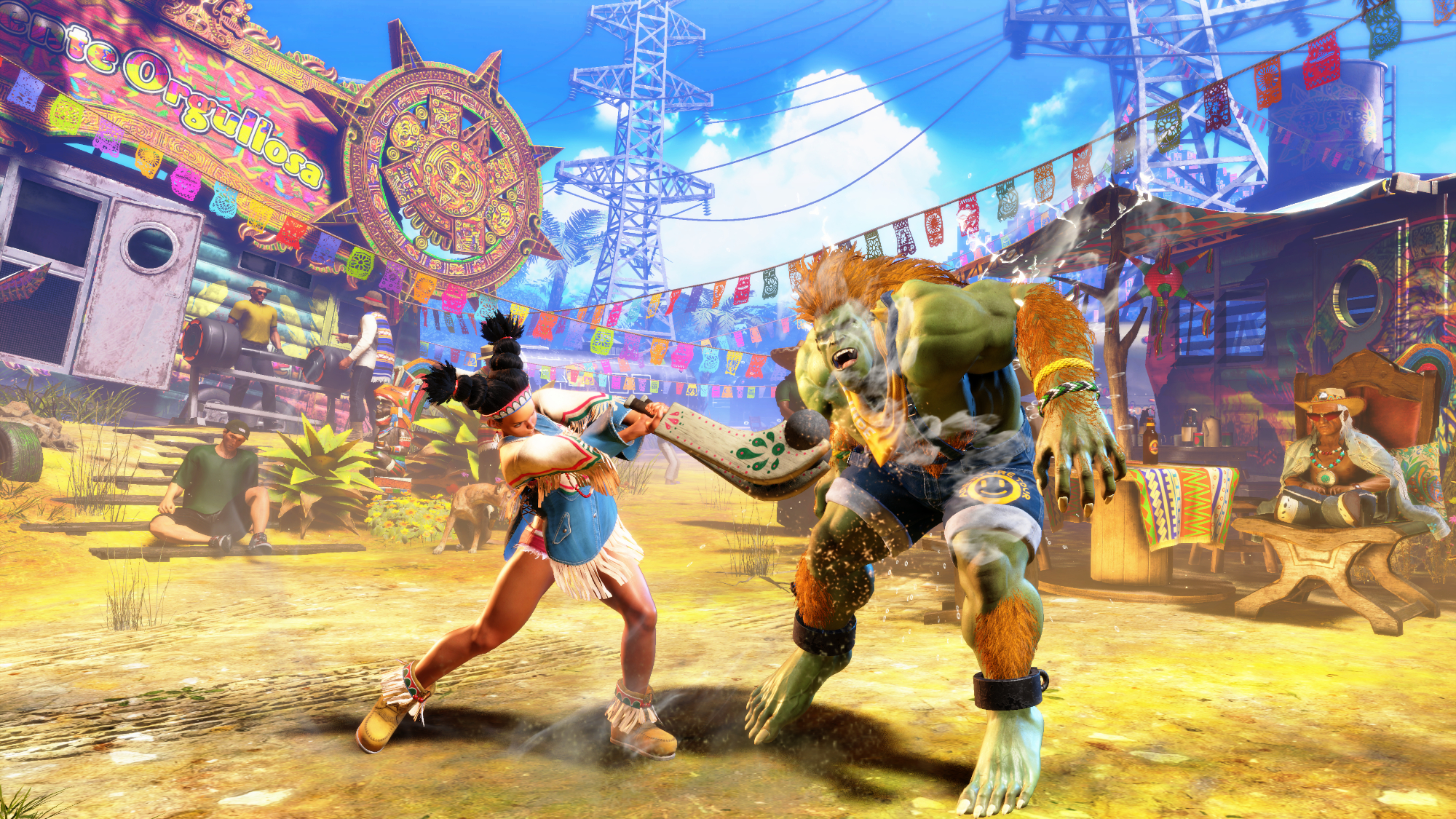
Reasons to buy
Reasons to avoid
The brawler to beat. Street Fighter 6 effortlessly regains its crown as the king of fighters in stylish fashion. When it comes to precision pummeling, it doesn’t get any better than the pain Ryu and co. are capable of dishing out.
Whether scrapping online or offline there’s just no beating Capcom in this genre, so kudos to the legendary developer for resisting the urge to play it safe with its latest entry. Enter World Tour mode: essentially the byproduct of the Yakuza series and Street Fighter having a baby. This thoroughly weird yet compelling story mode wraps up a beat ‘em up package that's too tough for the competition.
Read our full Street Fighter 6 review.
Best immersive RPG
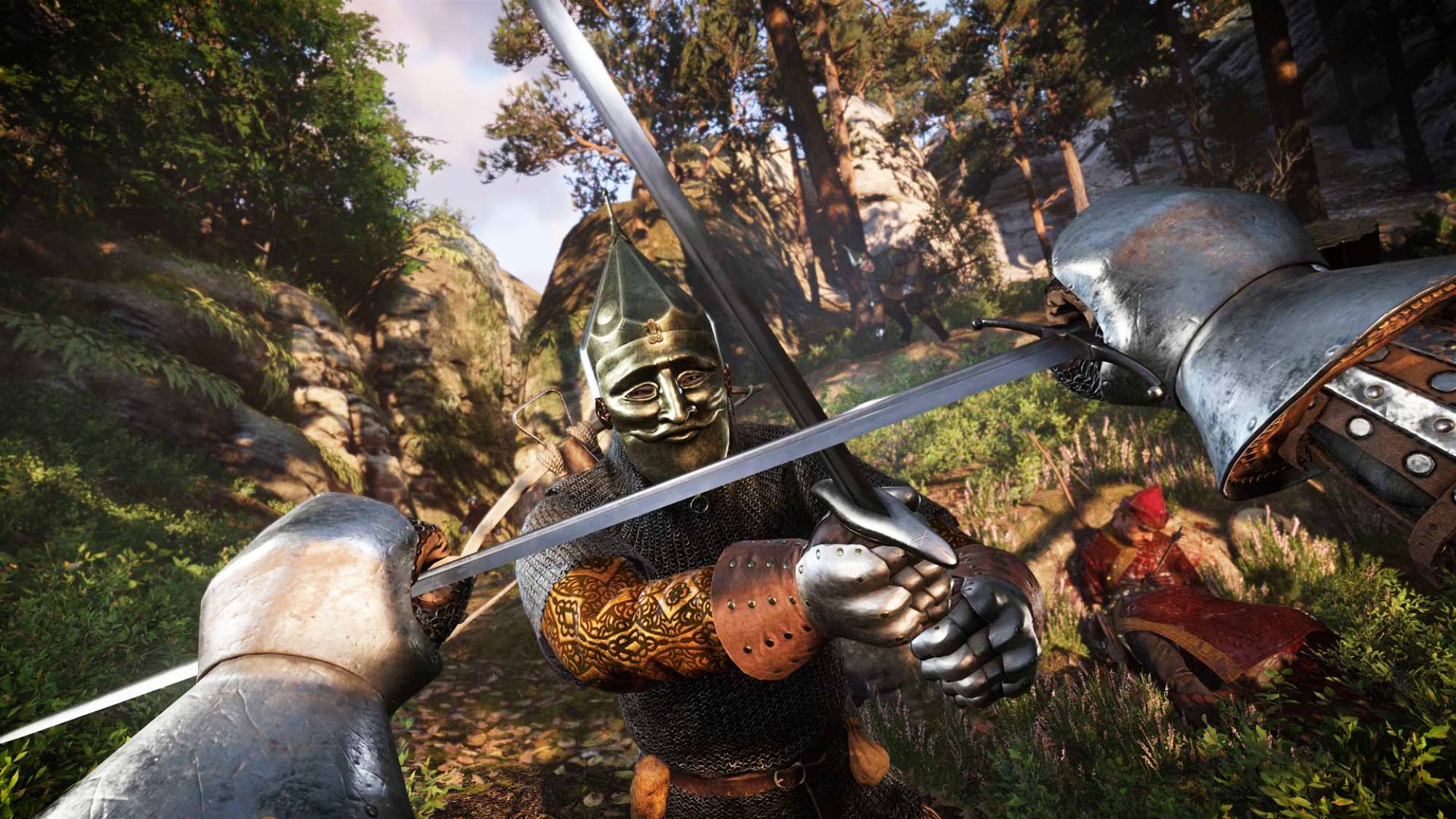
Reasons to buy
Reasons to avoid
Kingdom Come: Deliverance 2 is an astonishingly engrossing RPG. Its many quests are well-crafted and driven by player choice, and its main story is steeped in intriguing and period-accurate political and social issues. However, I could easily see its deliberate and realism-first approach being an inaccessible barrier to enjoyment for less patient players.
If you’re looking for instant gratification or an RPG with streamlined gameplay, you should steer clear of Kingdom Come: Deliverance 2. But, if you’re looking to role-play in a truly authentic setting that reacts to your actions in convincing ways, you will delight in Kingdom Come: Deliverance 2’s practically unmatched levels of medieval immersion.
Read our full Kingdom Come: Deliverance 2 review.
Best action-stealth RPG
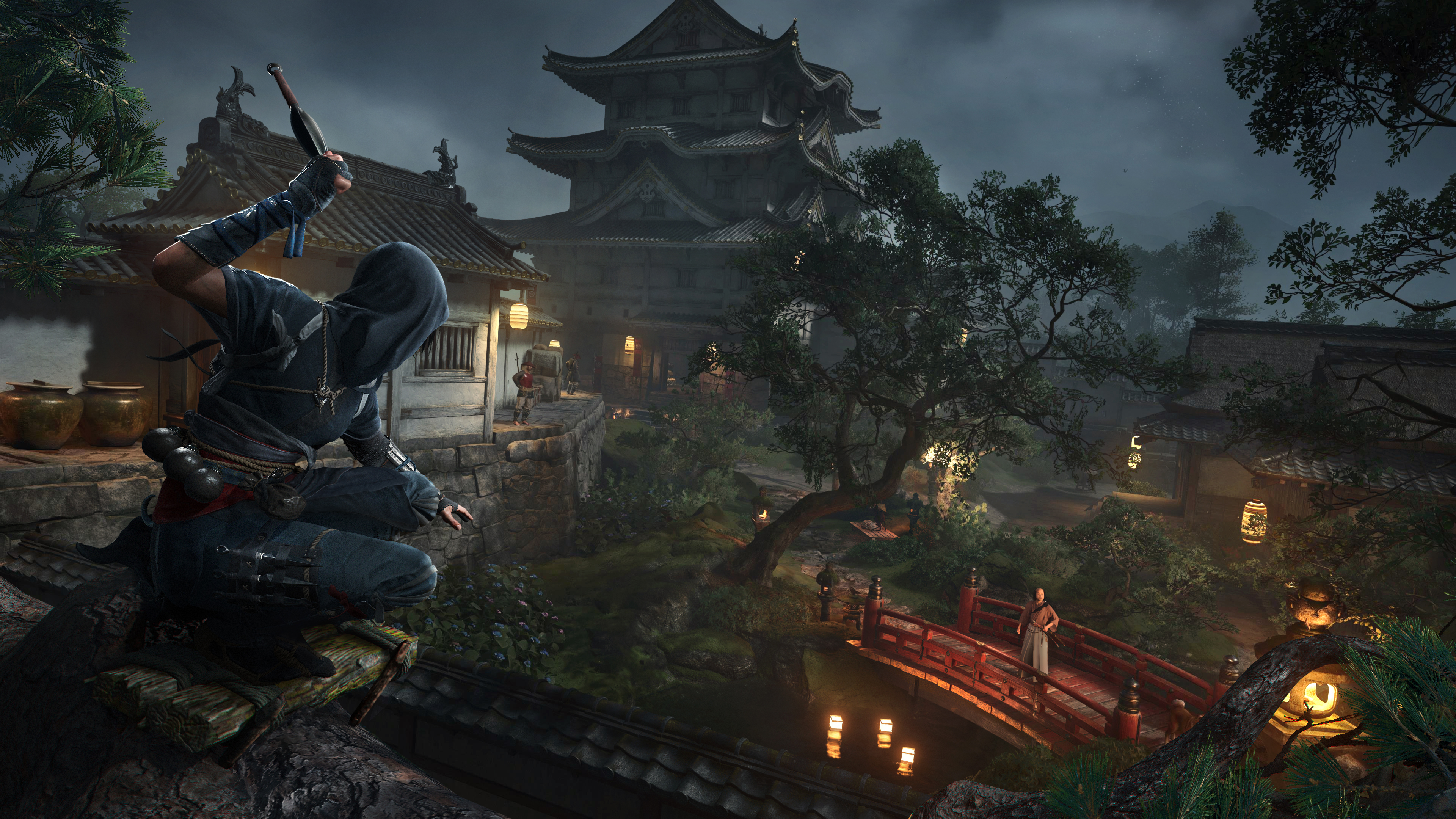
Reasons to buy
Reasons to avoid
Assassin’s Creed Shadows has done what some fans deemed unthinkable: it’s brought back the use of classic Eagle Vision and hidden blade mechanisms similar to older titles and has effortlessly combined them with the RPG elements of the modern AC games post Origins.
Feudal Japan looks gorgeous and is brimming with activity and idle chatter, while the story itself is compelling. Naoe and Yasuke offer different fighting and stealth styles, and the vast range of enemies will have you actually thinking about your move — something many haven’t done since Syndicate.
Read our full Assassin's Creed Shadows review.
Best first-person shooter
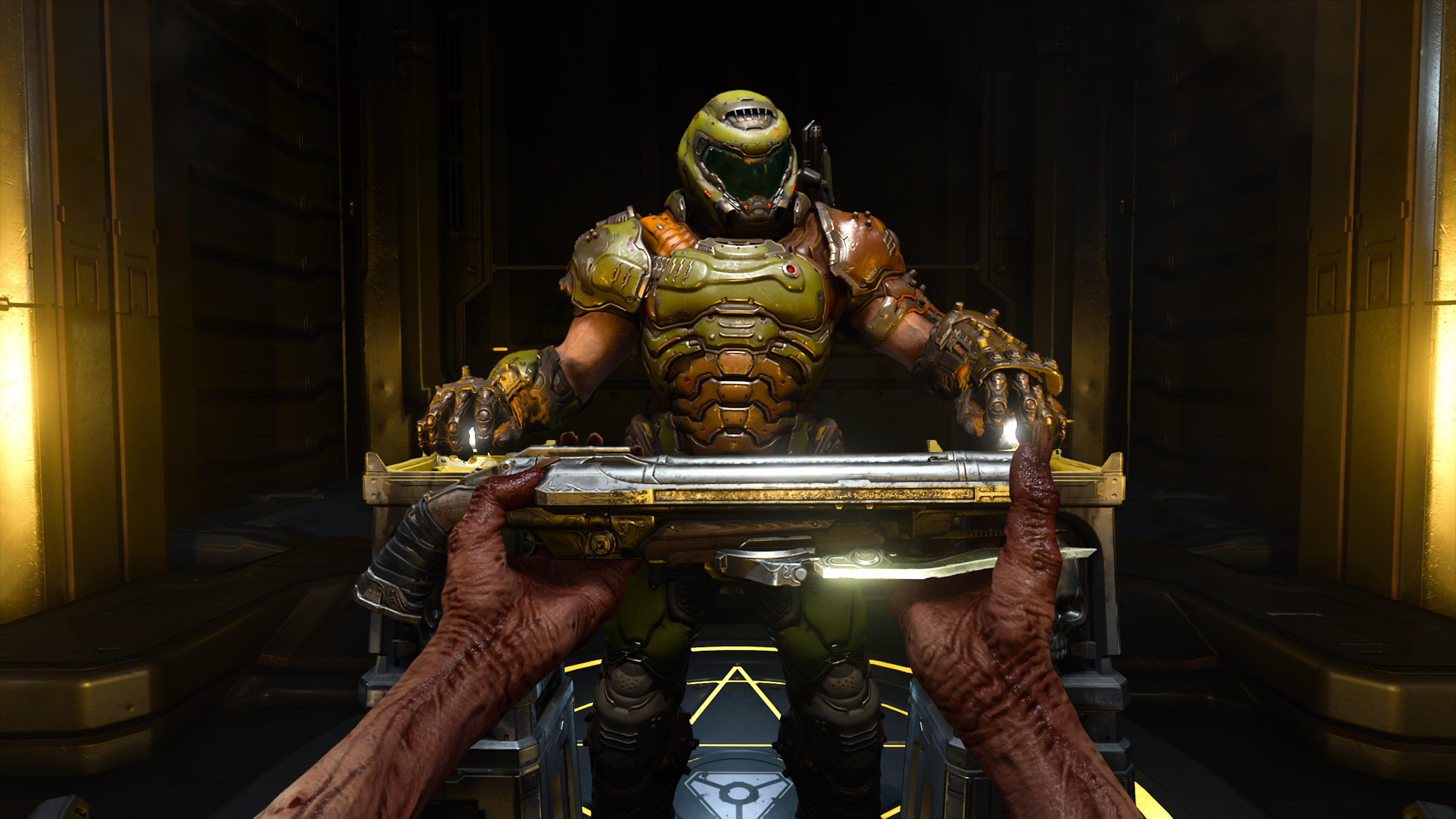
Reasons to buy
Reasons to avoid
If Doom Eternal was an animal, it would definitely be a bull… a bull that constantly smashes through all the china shops. Rather than smashing crockery though, the Doomslayer is purely concerned with ripping Hell’s nastiest beasties limb from limb.
A thrillingly propulsive first-person shooter, the breathless battles never let up. As a studio, id Software is obviously legendary, so it’s no surprise that this amazing shooter sequel is one of the best-optimized games on PC. As brutal as it is beautiful, the breakneck combat Doom Eternal revels in makes it one of the finest FPS games ever.
Read our full Doom Eternal review.
Best PC graphics
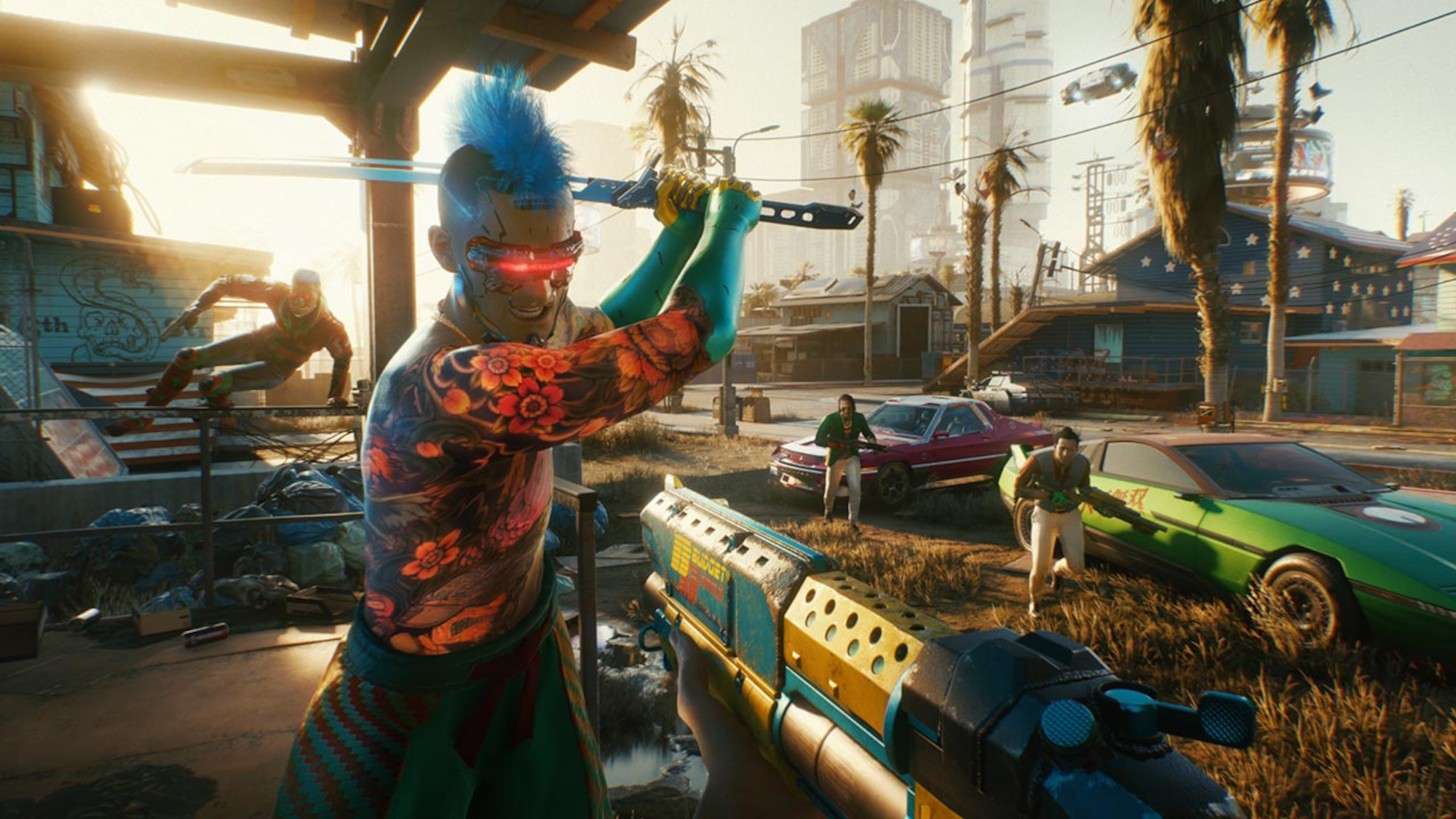
Reasons to buy
Reasons to avoid
It suffered a bumpy launch, but thanks to patches and the addition of its awesome Phantom Liberty DLC, Cyberpunk 2077 has completed the ultimate redemption arc since it was released in late 2020.
CD Projekt Red’s action RPG was developed with PC as the lead platform, which means it offers up some of the most cutting-edge graphical effects anywhere. Nvidia DLSS 3 support and full path tracing are amazing additions to a game that gets so many things right. The Witcher team nails both driving and shooting, and this spectacular title deserves to be played on one of the best gaming PCs.
Read our full Cyberpunk 2077 Phantom Liberty review.
Best open-world

Reasons to buy
Reasons to avoid
It’s a coin toss between Rockstar’s incredible cowboy prequel and GTA V over what the greatest open-world of all time is. This majestic, melancholic Wild West tale is a love letter to the movies of Western director Sergio Leone.
Though it shares GTA’s love for sarcasm, this is a far more sincere game than Michael, Franklin and Trevor’s Los Santos caper. In Arthur Morgan, Red Dead Redemption 2 is treated to one of the great video game leads and the Old West map he explores is peerless when it comes to small details. That this trigger-happy sandbox also received a great PC port is the cowpoke cherry on top.
Read our full Red Dead Redemption 2 review.
Best action-horror
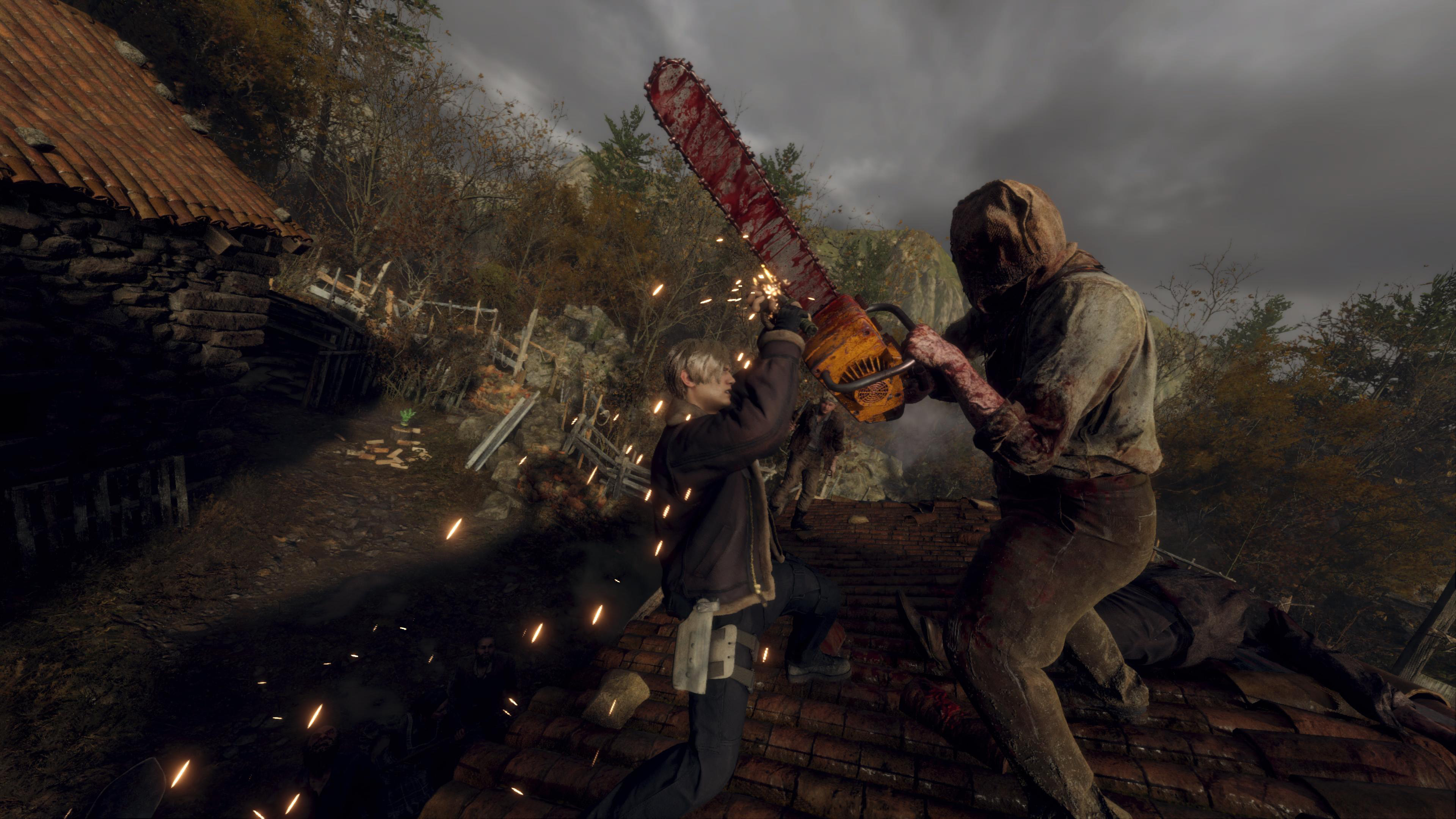
Reasons to buy
Reasons to avoid
A sensational remake of one of the best, most influential survival horror games ever. Not that we should be surprised. After all, Capcom smashed it with 2019’s Resident Evil 2 remake and the Resi 3 reboot is underrated. Resident Evil 4 really is something else, though.
As much as a breathless action game as it is a true shooter, if you’re lucky enough to own one of the best gaming PCs, playing Leon’s remake at 4K/120 fps is utterly thrilling. Pacing-wise, few games can compete with the Resi 4 remake and the frenetic battles against undead Spanish villagers in this redux feel kickass and claustrophobic at the same time.
Read our full Resident Evil 4 review.
Best story-driven RPG
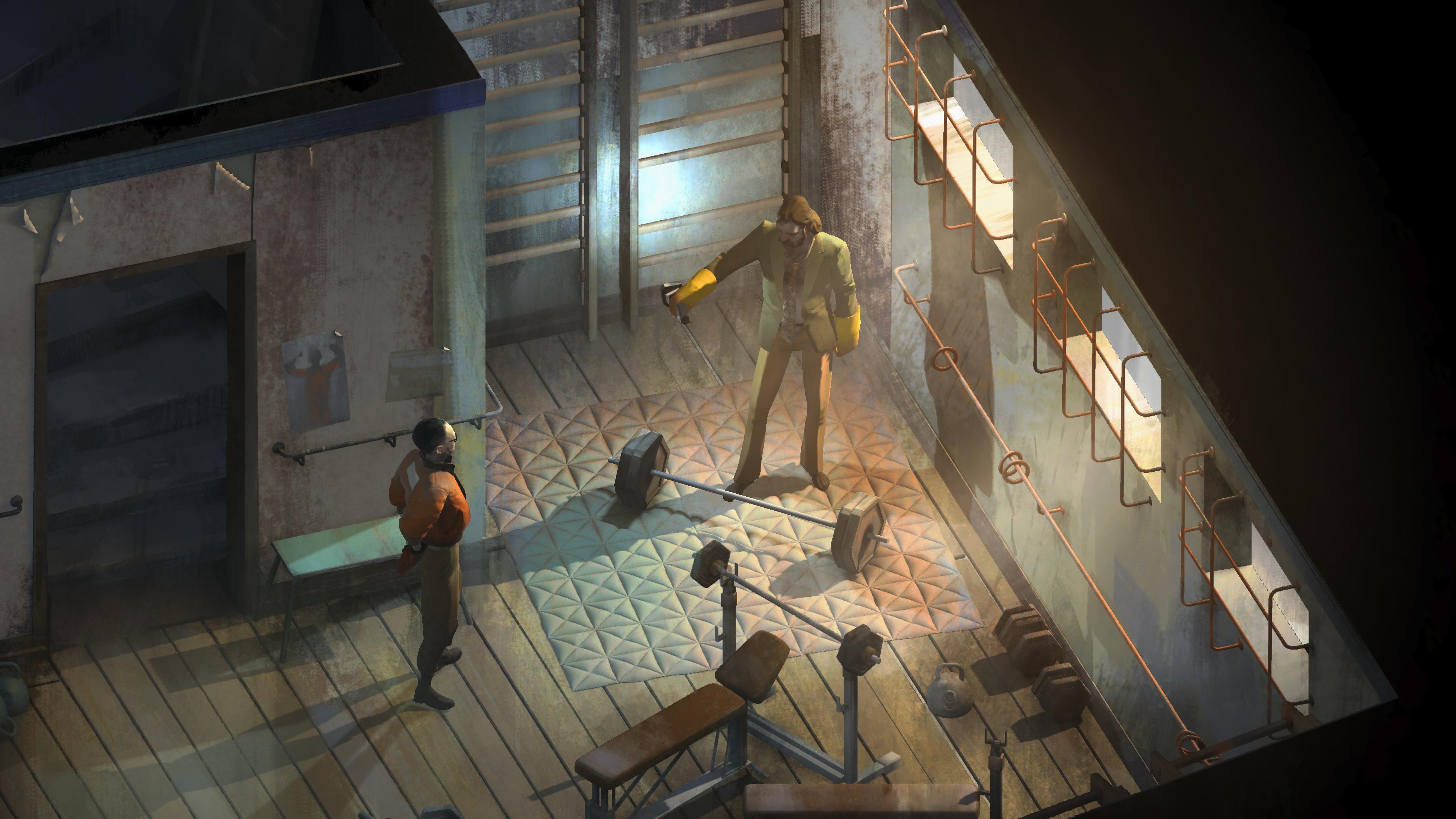
Reasons to buy
Reasons to avoid
One of the best, most darkly sardonic detective games ever made, Disco Elysium is a modern-day PC great. Just don’t try to play it with a controller. The genius of this isometric RPG hybrid is that the nameless gumshoe you play is an utter wreck. Turns out, Sherlocking murder mysteries is quite the challenge when you’re constantly waking up from boozy benders.
With its distinct art style and terrific script, this Director’s Cut improves upon the already brilliant original by adding full voice acting. Disco Elysium gives you the freedom to screw up every case you undertake, which is a really superb twist. What. A. Game.
Read our full Disco Elysium: The Final Cut review.
Best racing game
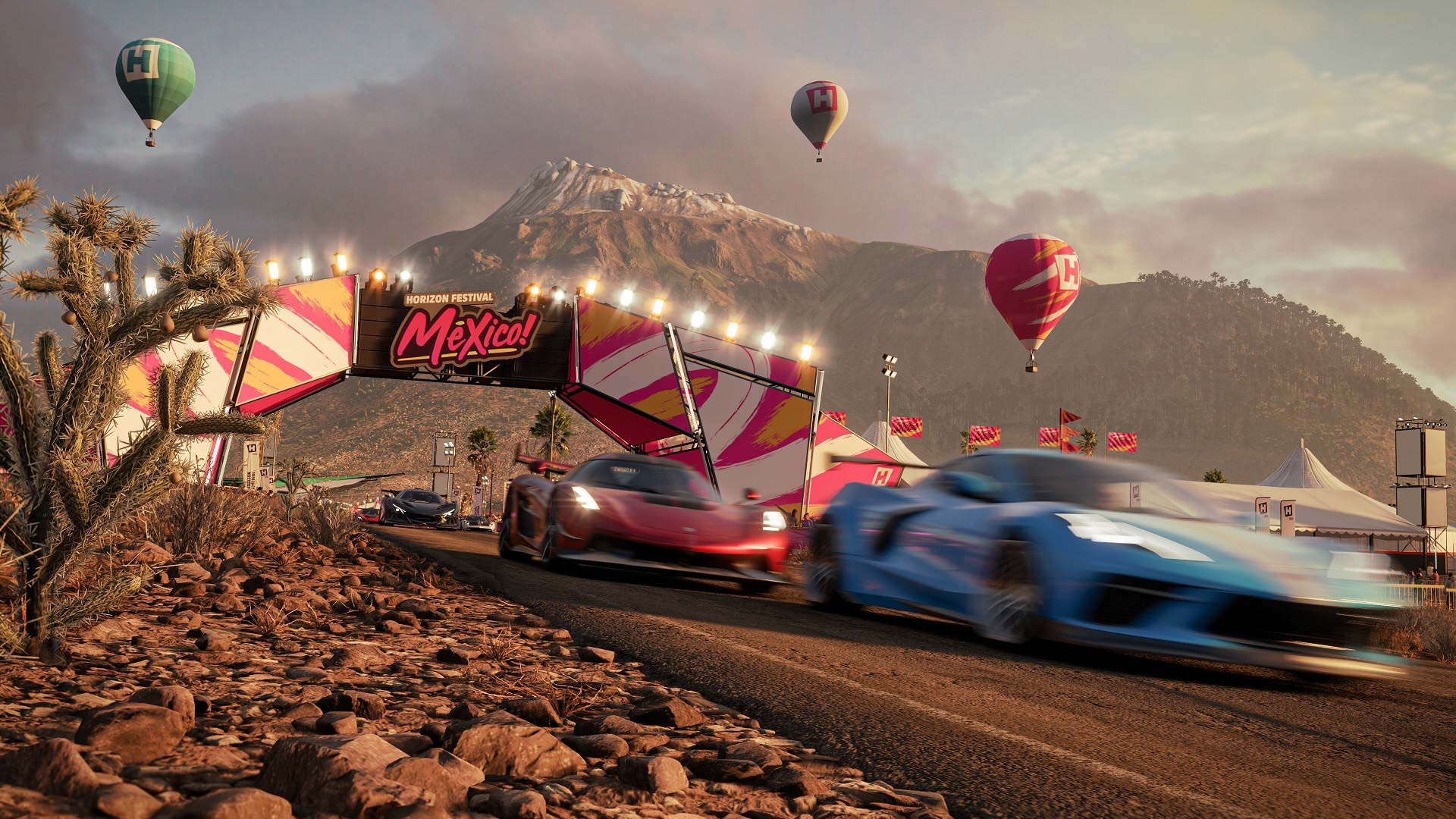
Reasons to buy
Reasons to avoid
The brightest and breeziest sandbox racer around. Playground Games’ fabulous open-world driving series has previously visited condensed versions of Australia in Forza Horizon 3 and a beautifully blustery take on Britain in Forza Horizon 4, yet Forza Horizon 5’s take on Mexico shifts things to a whole new level.
Arguably the best-looking racing game that’s ever been made, exploring the vast deserts and dense forests of "El Águila Real" is an eye-arousing pleasure on PC. The developer’s engine is incredibly well-optimized too, meaning this is one of the best games you can play on Valve’s Steam Deck.
Read our full Forza Horizon 5 review.
Best adventure
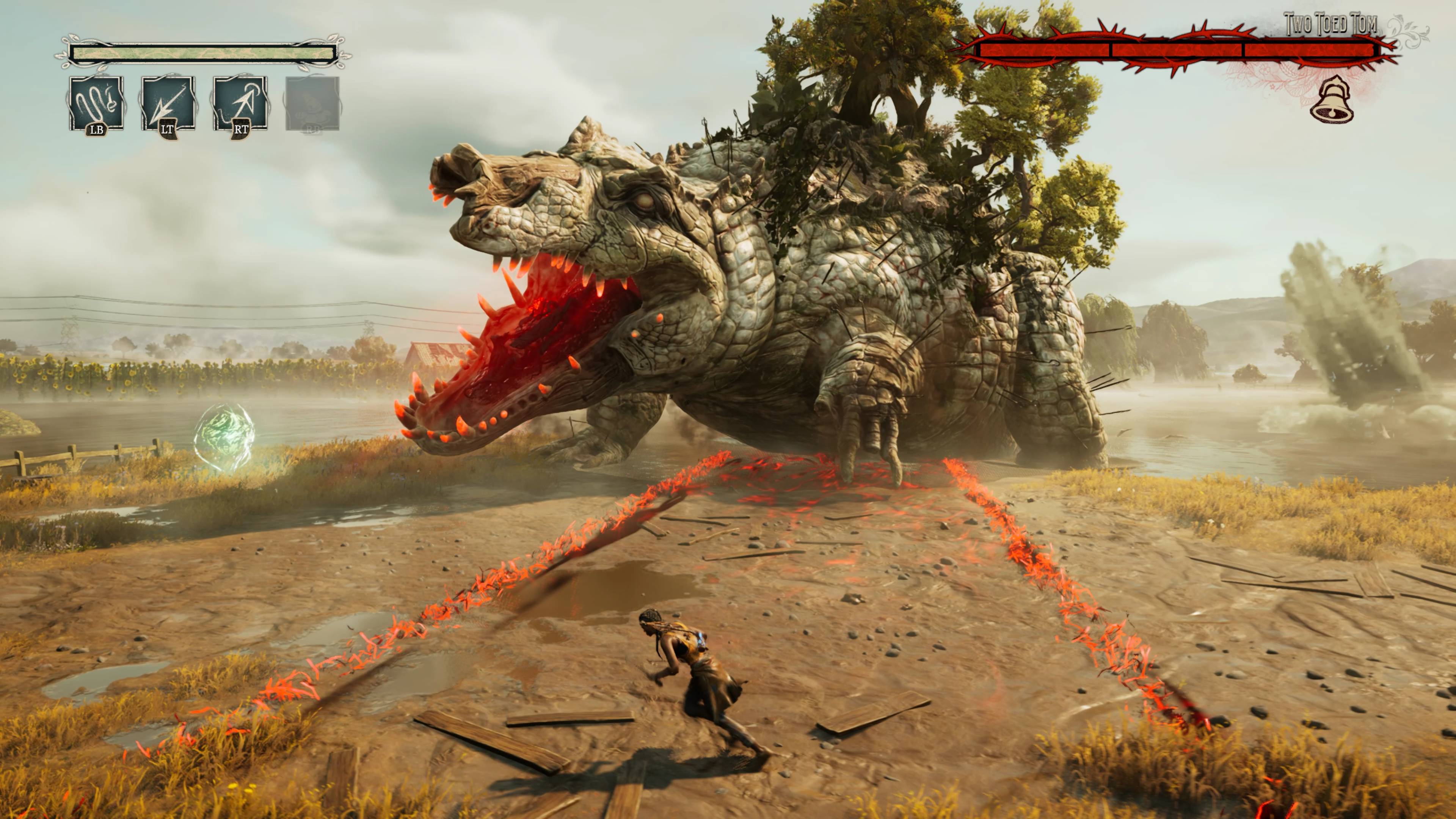
Reasons to buy
Reasons to avoid
South of Midnight is a magnificent testament to how story-driven games remain extremely worthwhile. This isn't some epic-scale adventure with ever-evolving game mechanics, but for what it accomplishes, it doesn't need to be. The ebb and flow of its gameplay and rich story are enough to keep almost any gamer engaged.
It's a fairly linear tale, but one that doesn't overstay its welcome — lasting just over 12 hours for me to complete it with minimal collectibles left behind. It's not a game I'd come back to replay for the combat, but I found it to be serviceable enough to keep me engaged. For creepy folklore from the Deep South and endlessly charming gothic vibes in a tight-knit adventure, South of Midnight will impress.
Read our full South of Midnight review.
Classic PC games to play today
Given the scope of PC gaming, there's a vast amount of classic games to play. Some may feel a bit ropey or dated to play today, but here's a quick list of games you should play if you want to go a little retro with your PC gaming.
- Half-Life Source and Half-Life 2
- System Shock 2
- Deus Ex
- Rome: Total War
- Diablo 2
- Baldur's Gate 2
- Dragon Age Origins
- Age of Empires 2
- WarCraft 3
- Team Fortress 2
- Bioshock
- Company of Heroes
- Homeworld
Get instant access to breaking news, the hottest reviews, great deals and helpful tips.

Darragh is Tom’s Guide’s Computing Editor and is fascinated by all things bizarre in tech. His work can be seen in Laptop Mag, Mashable, Android Police, Shortlist Dubai, Proton, theBit.nz, ReviewsFire and more. When he's not checking out the latest devices and all things computing, he can be found going for dreaded long runs, watching terrible shark movies and trying to find time to game
